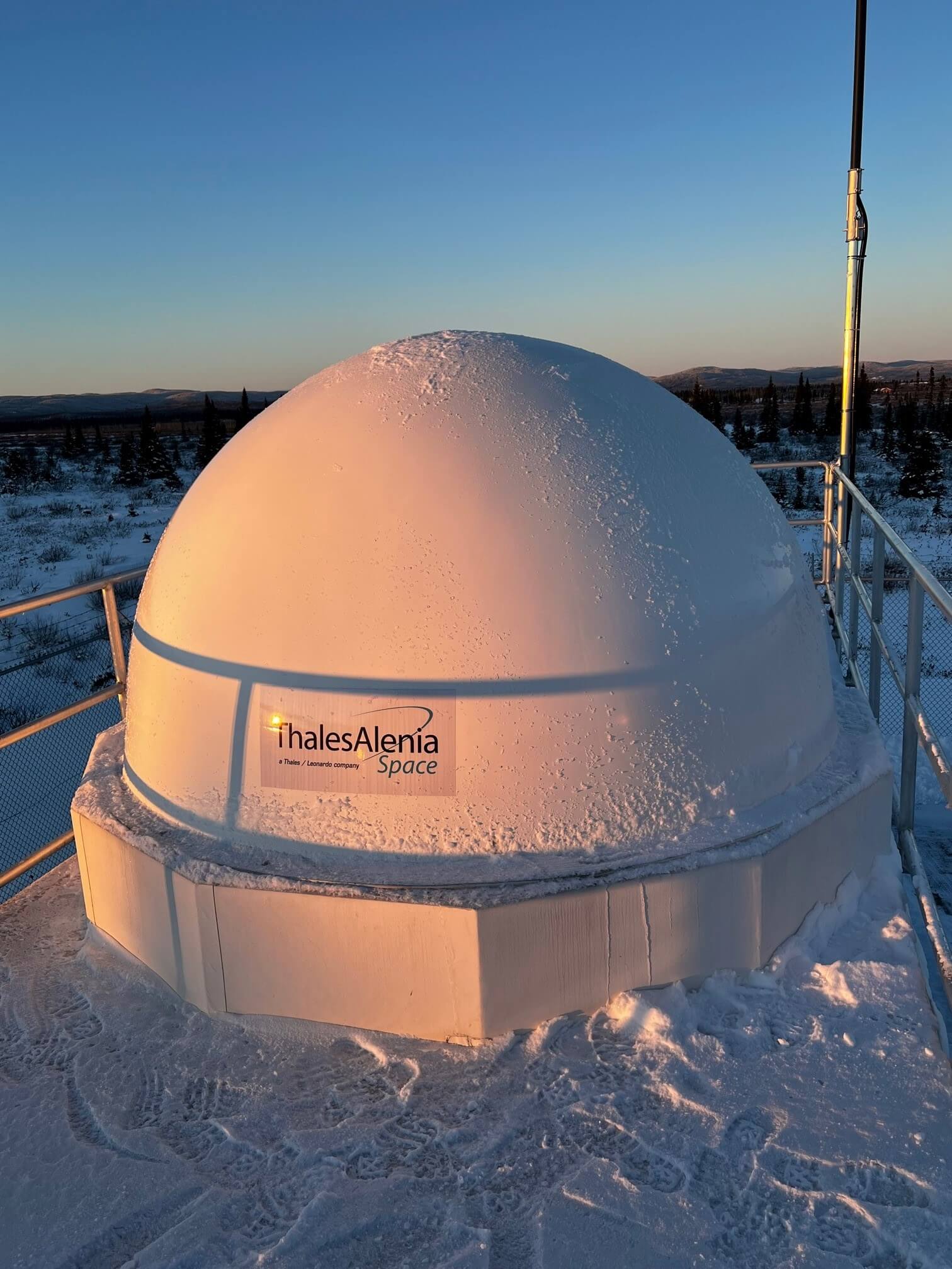The Vietnamese Maritime Administration has selected the Meolut Next antenna from the French-Italian manufacturer, capable of locating distress signals from thirty satellites at the same time.
Immediate detection within a 2 500 km radius
Vinamarine, the maritime administration of Vietnam, has selected Thales Alenia Space, alongside Vietnamese companies MKE and Viettel (the country's leading telecom operator), to provide a solution for connecting to the Search & Rescue Meosar (MEdium Orbit Search And Rescue) global satellite network Cospas-Sarsat.
The challenge is to instantly detect and locate any distress signal emitted by a Cospas-Sarsat beacon, whether on land, at sea or in the air, within a 2 500 km radius of the city of Haiphong, home to the country's largest northern port.
This location is mainly provided by the European Galileo satellite positioning system.
Thirty satellites at the same time
The Meolut Next solution proposed by Thales Alenia Space has already been selected by the main users of the Cospas-Sarsat network (the United States, Canada, France, and the European Union), as well as Togo, and recently by Thailand.
Developed in Toulouse, it is based on a compact active antenna (less than 6 square meters), capable of detecting and locating distress signals from thirty satellites at the same time, transmitted more than 5 000 kilometers away.
Conventional Meolut (Medium Earth Orbit Local User Terminals) systems are each equipped with six large satellite dishes, which are deployed over an area the size of a soccer field they can only receive signals from six satellites simultaneously (one per antenna).
This greatly improves the detection rate of the beacons and the coverage area is expanded, while the maintenance costs of the equipment are minimal, as the Meolut Next antenna has no mechanical components.
Rescue during the Golden Globe Race
For example, last year a Meolut Next antenna picked up the distress beacon of Finnish skipper Tapio Lehtinen, who was competing in the Golden Globe Race, a single-handed, round-the-world sailing race that started on September 4 in Les Sables-d'Olonne, Vendée.
On Nov. 18, while 2 000 km southwest of Reunion Island in the Indian Ocean, largely out of range of VHF radio and other means of communication, his ship sank.
The navigator had just enough time to don his survival suit, jump into his life raft, and activate his distress beacon.
His position was then determined in just 4 minutes, and rescue personnel were immediately dispatched to meet him.
Découvrez cet article sur Air&Cosmos

